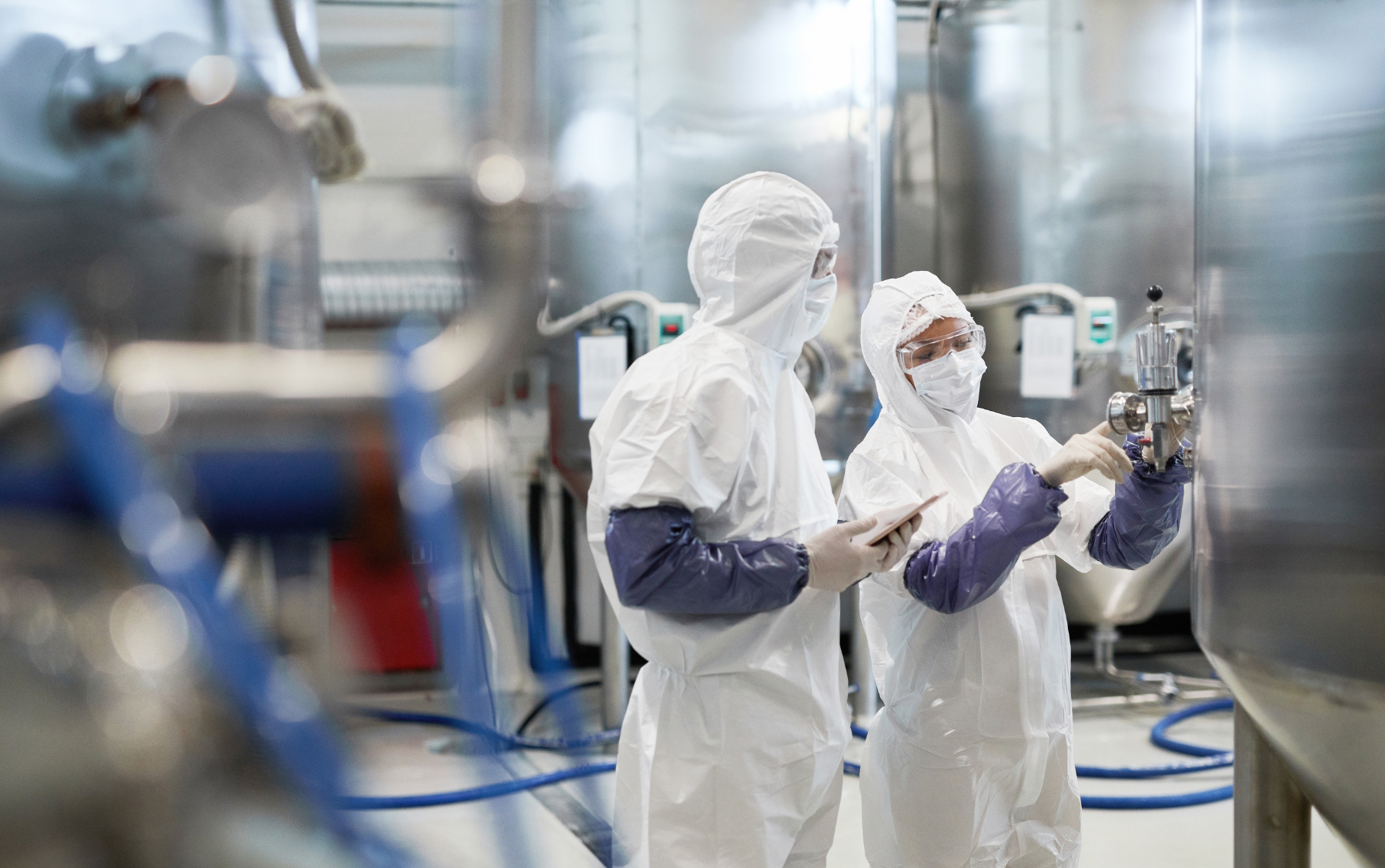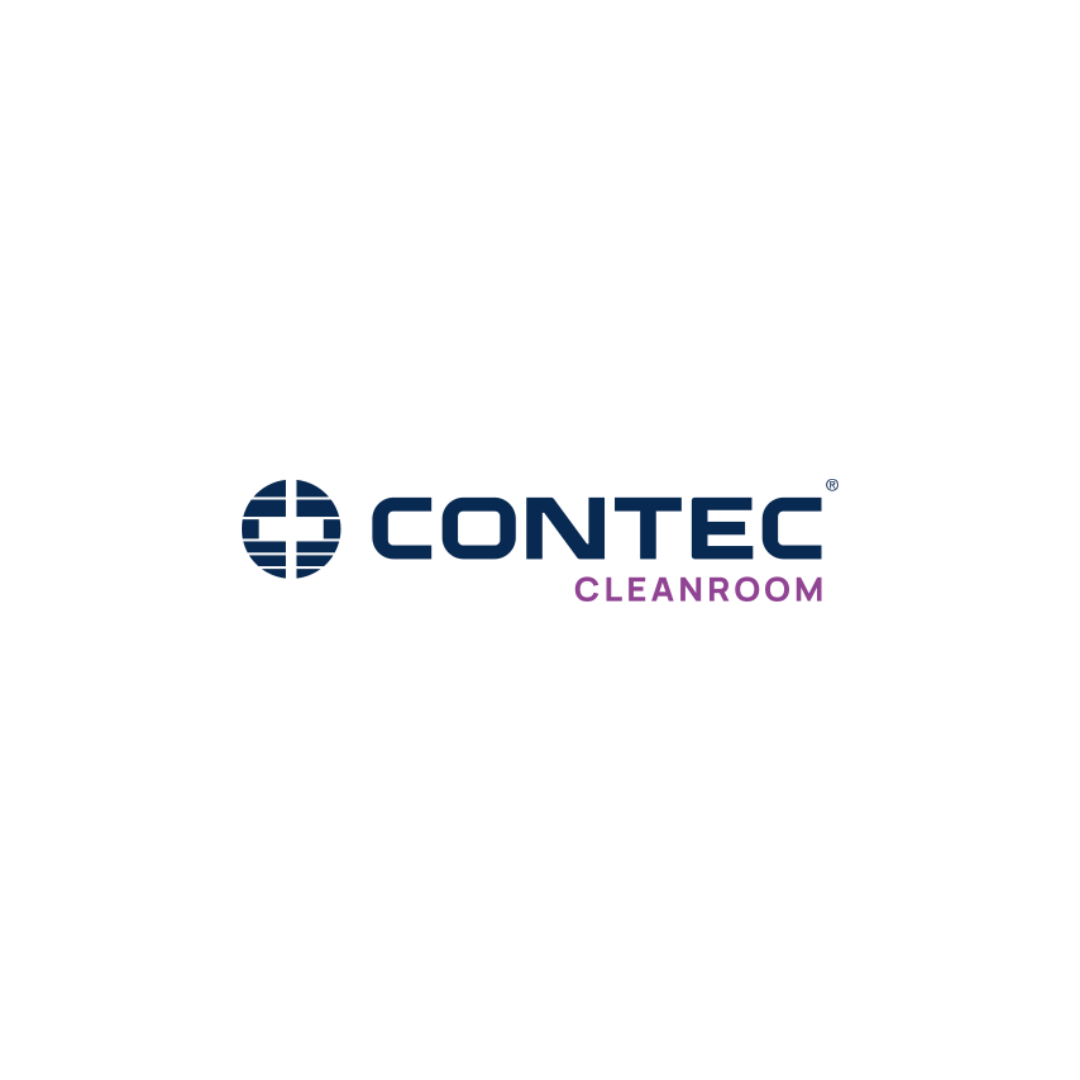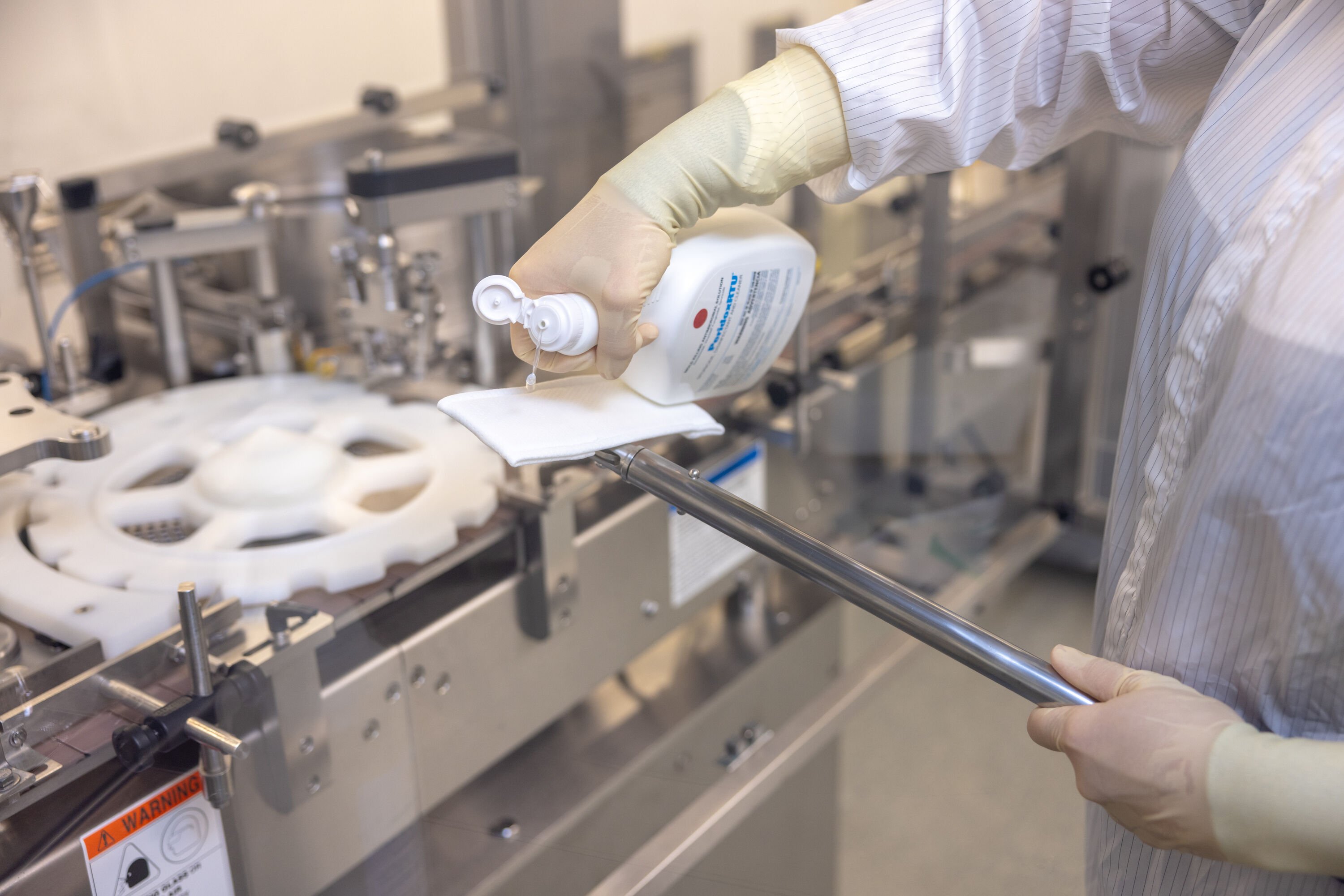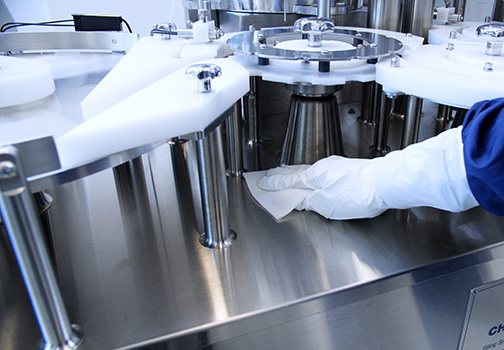Maintaining a cleanroom involves more than watching environmental monitoring (EM) trends—it demands a proactive approach that includes routine inspection, residue management, and a culture of contamination control. While EM provides valuable data, relying on it alone can create blind spots that allow risks to escalate undetected.
Let’s explore what EM doesn’t show you, why that matters, and how to stay audit-ready by going beyond the data
What EM Doesn’t See—And Why That’s a Problem
Environmental monitoring provides a snapshot in time. It’s powerful for assessing airborne particles and microbial recovery, but it can’t detect:
- Peeling paint and flaking caulk
- Rust spots on stainless steel
- Sticky or discolored floors due to residue buildup
- Contamination-prone materials in support spaces
For example, daily mopping and good EM trends can cause a team to believe everything is under control. However, residue buildup, rusting tables, and compromised surfaces may not show up on EM reports which leads to problems in the future.
The Root of the Issue: Cleanroom Condition Degradation Happens Slowly
Cleanroom degradation doesn’t happen overnight. Operators working daily in the same environment often become blind to slow changes. That’s why visual inspections and routine walkthroughs are just as important as microbial testing.
Accumulated residues, especially when not routinely mitigated, can:
- Shield microorganisms from disinfectants
- Contribute to corrosion and rouging of metal surfaces
- Break down wall coatings, allowing contamination to take hold
Without physical checks, these risks go unnoticed—until there’s a contamination event, a failed audit, or a production halt.
How to Stay Ahead: Visual + Environmental Monitoring = Full Coverage
To maintain a fully compliant cleanroom, facilities must supplement EM with routine condition inspections and residue management protocols. Here's how:
1. Schedule regular cleanroom walkthroughs - Focus on ceilings, floors, wall seams, under benches, and around vents.
2. Implement residue removal SOPs - Use cleanroom mops and lint free cleanroom wipes along with water or IPA to solubilize and remove dried residues (remember to use sterile materials in Grade A and B spaces).
3. Train your team to identify damage - Operators should be empowered to report changes in surface condition, residue buildup, or behaviors that may introduce risk of contamination.
Key Takeaways for a More Resilient Cleanroom
1. Favorable EM trends don’t guarantee a contamination-free space
2. Residue buildup can compromise disinfection and surface integrity
3. Regular visual inspections catch what EM doesn’t
4. Train staff to spot and escalate concerns early
5. Use cleanroom-specific cleaning products designed for residue removal
Don't Let What You Can’t See Become a Problem
Environmental monitoring is a valuable piece of your contamination control strategy—but it’s not the whole picture. By pairing it with intentional surface inspections, residue removal, and operator engagement, your facility can stay ahead of unseen risks and maintain a compliant, high-performing cleanroom.
📞 Need help identifying risks in your cleanroom? Contact your Contec Cleanroom representative for a contamination control assessment.





